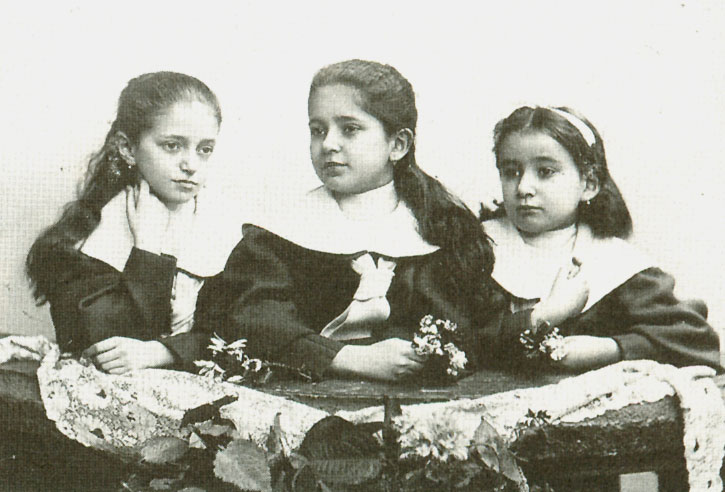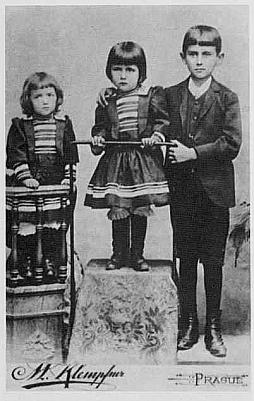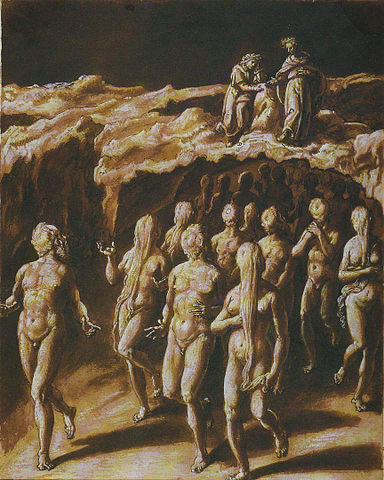Birth/ Youth
Franz Kafka was born into a German-speaking Jewish family in Prague, Australian Empire, in 1883. His two younger brothers, Georg and Heinrich, did in infancy when he was 6, leaving him the only son in his family along with three sisters. Kafka's father, Hermann Kafka, was a business owner and domestic tyrant who frequently abused his son. His mother shared her son's delicate nature despite her husband's violent personality.
Adult Life
Franz Kafka was admitted to the Charles University of Prague where he first studied chemistry and then switched to law. There he met Max Brod, who became a close friend of his throughout his life. Kafka earned his degree of Doctor of Law and served as a law clerk for the civil and criminal courts. For much of Kafka's adult life, he lived within close proximity to his parents. Most of his works, such as
The Metamorphosis and
The Trial are filled with the theme of alienation, physical and psychological brutality, parent-child conflict, characters on terrifying quests, and mystical transformations.



Max Brod
Influence
When Kafka died his name was only known to a small group of readers. It was only after his death and Max Brod went against the demands of his friends that Kafka himself and his work gained fame. His books became especially popular during World War II and they greatly influenced German literature. Kafka greatly influenced genres such as existentialism, which stressed the individual's unique position as a self-determining being responsible for their own choices.


 Death
Death
Franz Kafka suffered from many illnesses including clinical depression, social anxiety, migraines, insomnia, and other ailments, usually brought on by excessive stresses and strains. Kafka began to suffer from tuberculosis in 1917, and he began to require assistance and support from his family. As his tuberculosis worsened, Kafka went to receive better treatment in Vienna, where he died on June 3, 1924. His body was brought back to his homeland, Prague, where he was buried on June 11, 1924.



tuberculosis
Works Cited:
Shelokhonov, Steve. "Biography." IMDb. IMDb.com, 1990-2014. Web. 18 Mar. 2014.
"Franz Kafka Biography." Bio.com. A&E Networks Television, 2014. Web. 17 Mar. 2014.
"Franz Kafka - Biography." Franz Kafka. The European Graduate School, 1997-2012. Web. 17 Mar. 2014.
Nervi, Mauro. "Kafka's Life (1883-1924)." The Kafka Project. Mauro Nervi, 08 Jan. 2011. Web. 15 Mar. 2014














.jpg)










